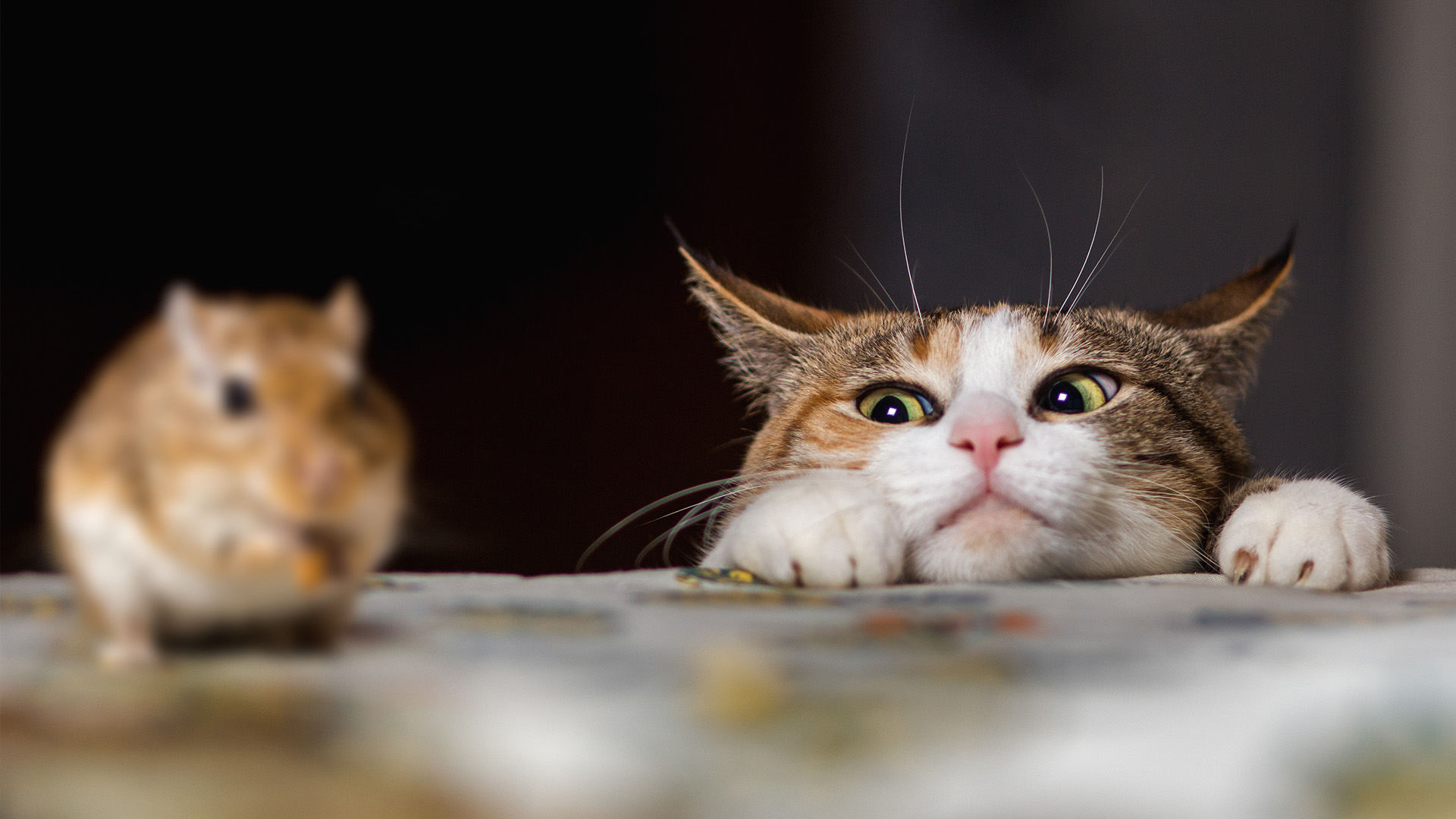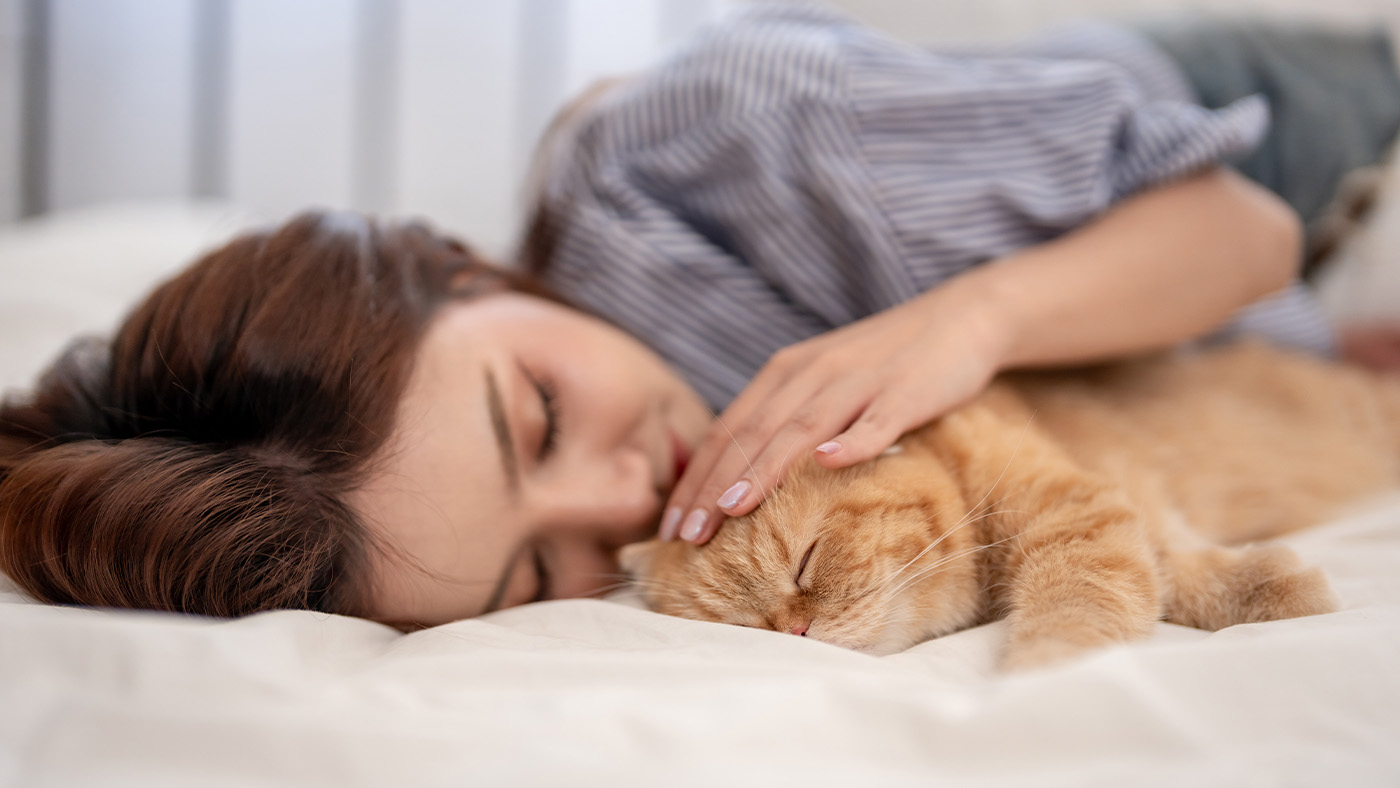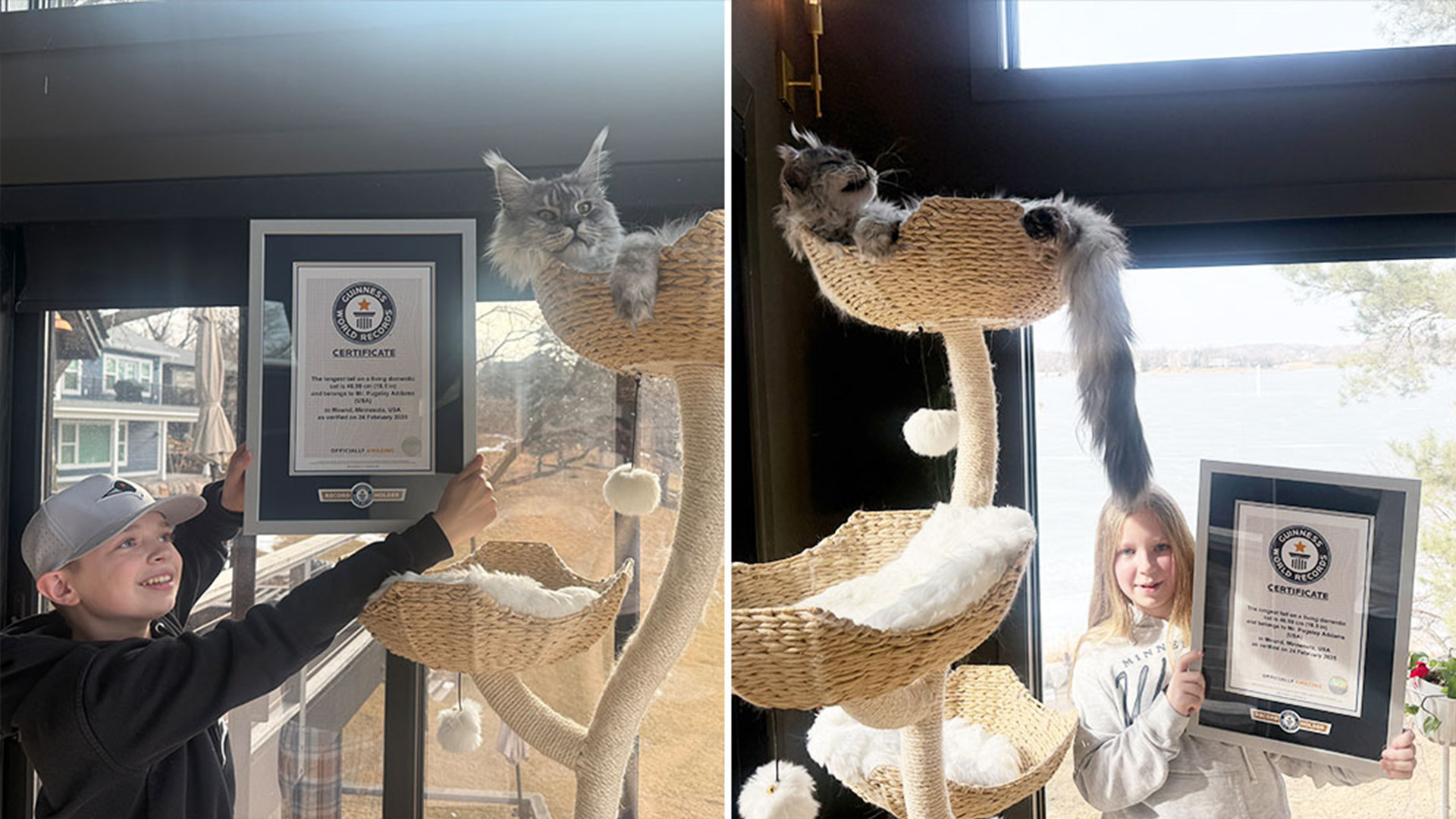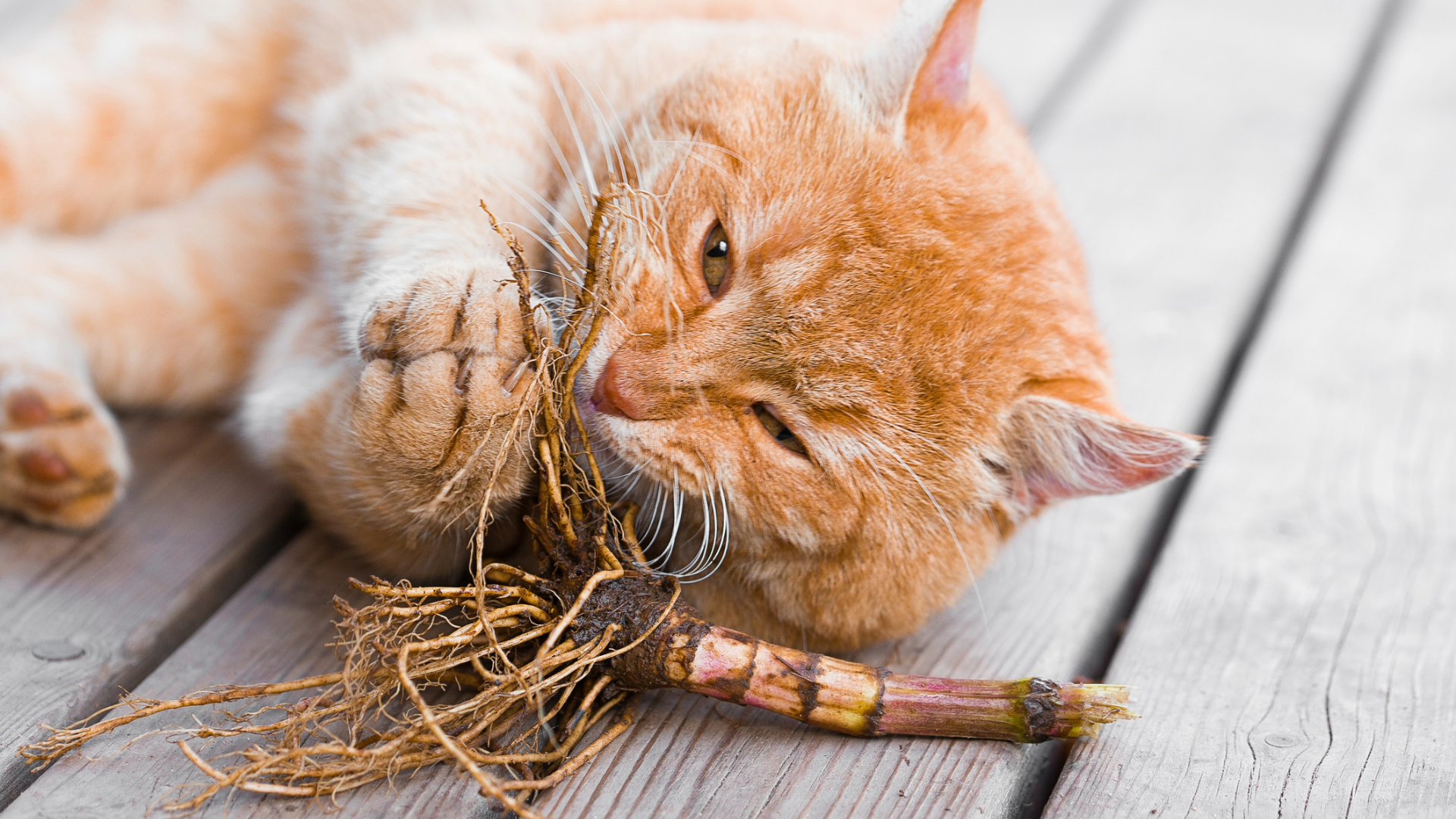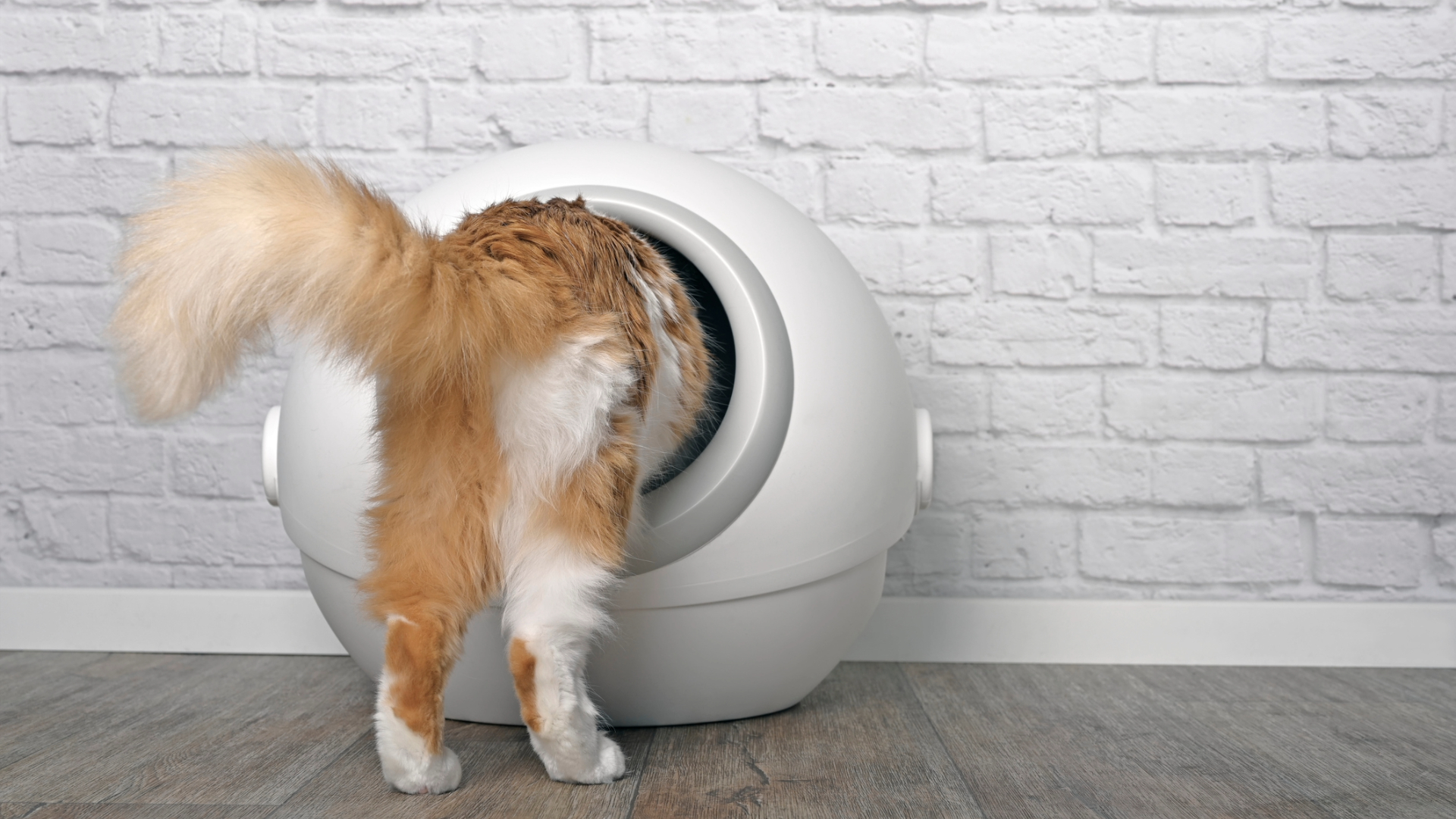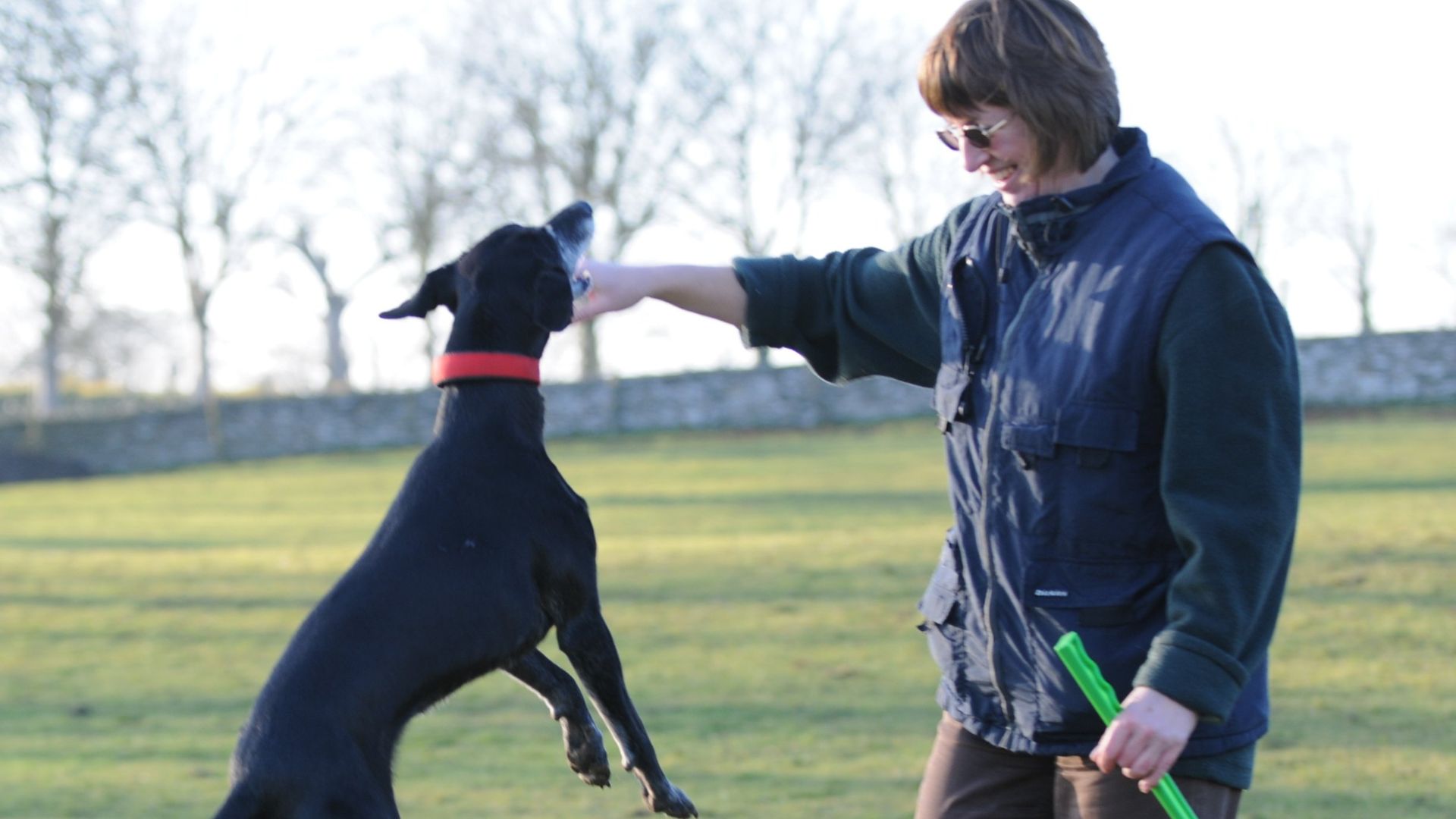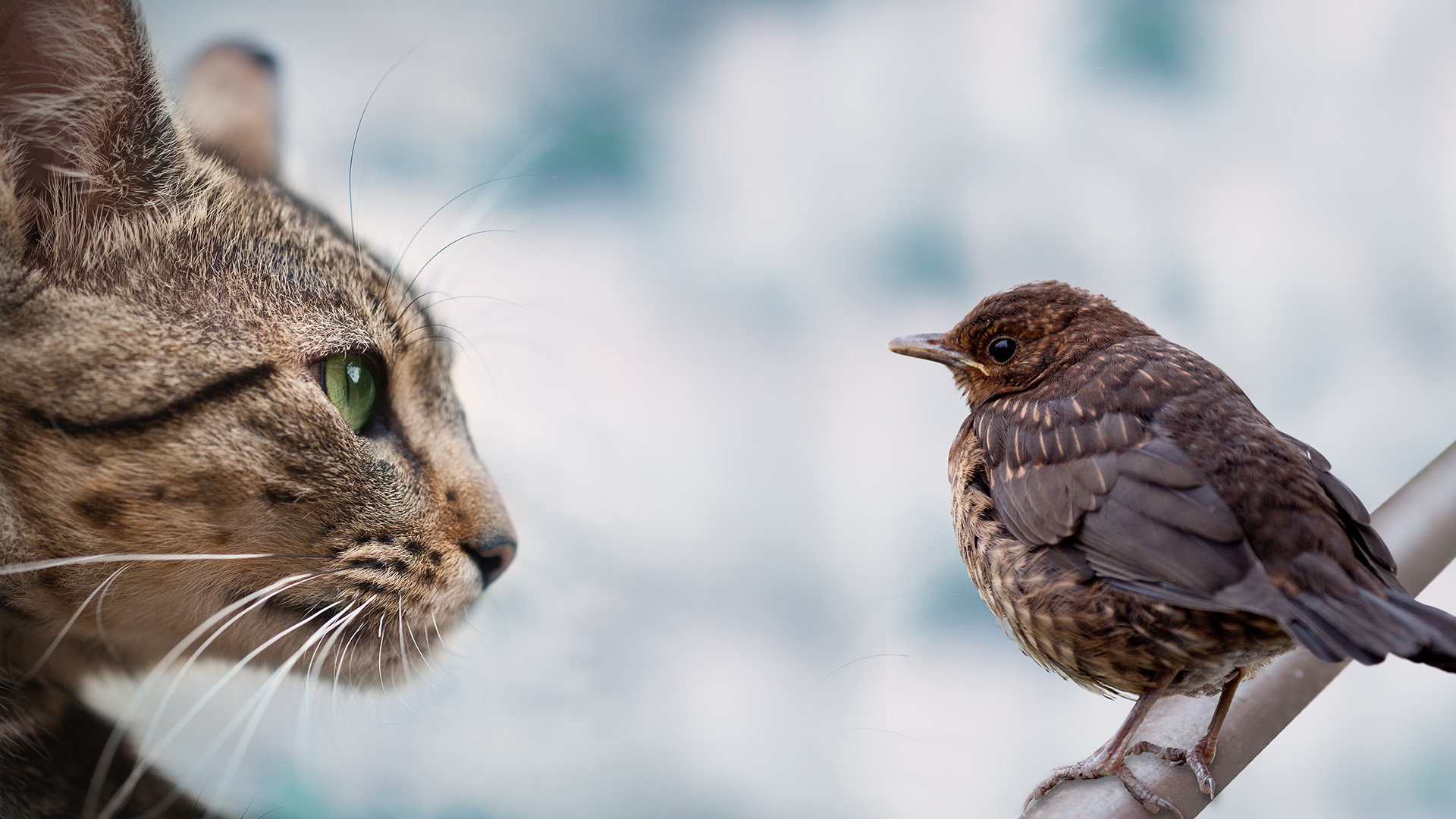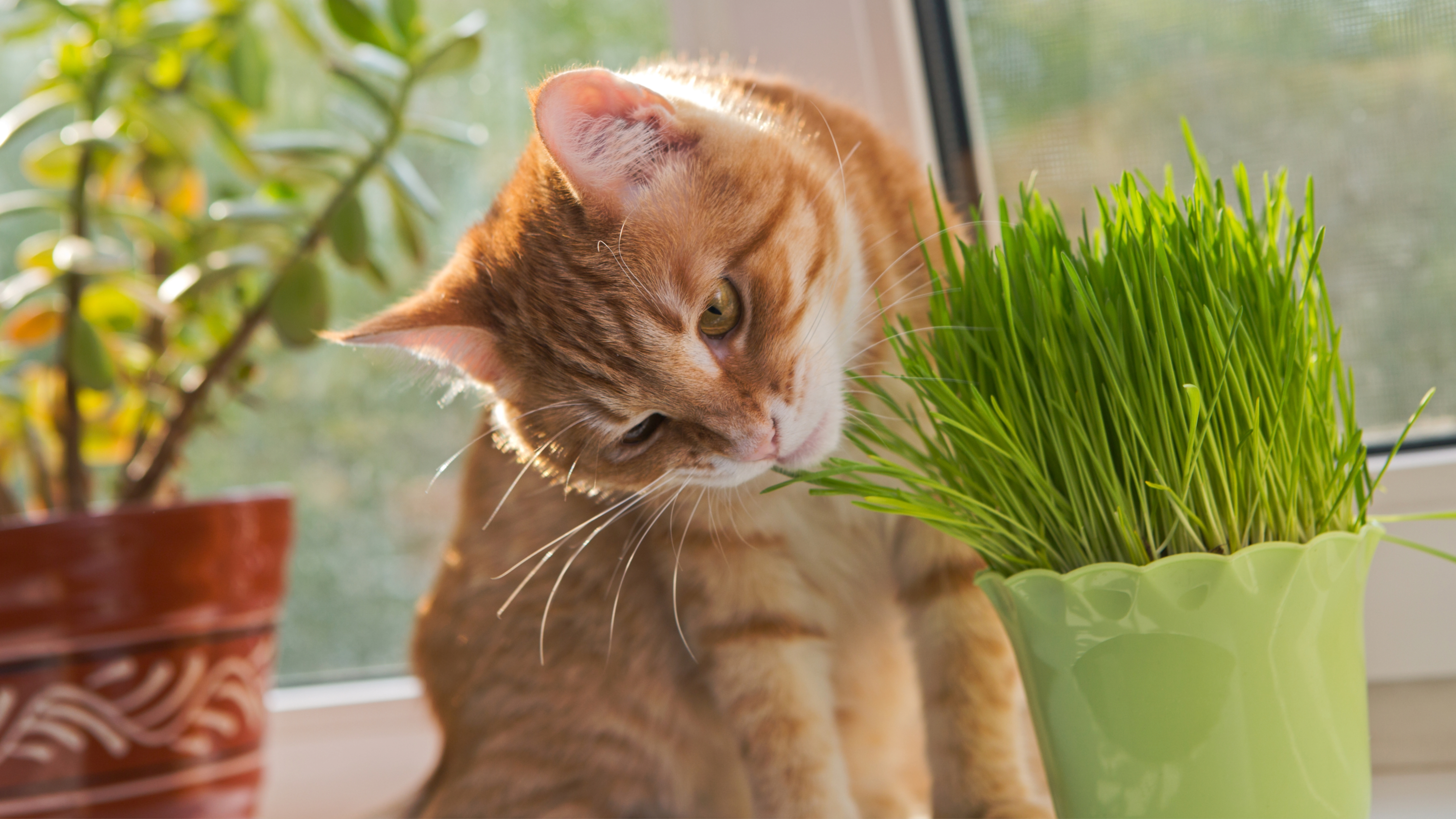Separation anxiety in cats: Vet's guide to signs and how to help
Yes, cats can suffer from separation anxiety too! Read a vet’s view on separation anxiety in cats
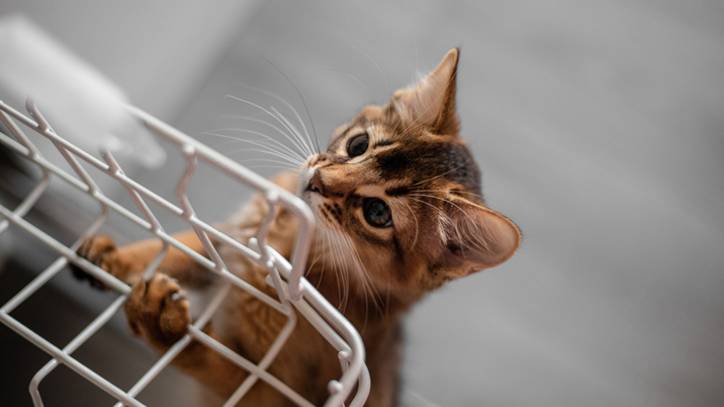
While separation anxiety in cats is rarer than in dogs, it can happen. Especially post lockdown! Many cats became very attached to their owners and accustomed to having them home all the time.
Separation anxiety can be hard to spot in cats, especially as the symptoms are often vague, and can be caused by various other conditions. This means it’s really important that you take your cat to a vet if you suspect they may have separation anxiety, so they can rule out any underlying medical conditions.
Separation anxiety in cats can be frustrating for both cat and owner, but thankfully there are plenty of things you can do to help your cat cope when you go out; from keeping your kitty occupied with plenty of interactive cat toys to ways to change your own behavior and routine at home.
- Best automated cat toys: Let kitties play even when you're away
- Cat meowing at night? Find out why, and what you can do about it...
- Are cats nocturnal? How to get a cat to sleep at night
What causes cat separation anxiety?
Many cats enjoy their own company, but some struggle when their owners leave. This may be down to individual personality of course, but there are a few factors which increase the chances of separation anxiety:
- Certain breeds are more prone, such as Burmese
- Changes in routine, for example, if an owner is home a lot and then suddenly goes back to work
- Cats who were hand-reared by their owners as kittens
- Losing another pet from the home, although of course, many cats prefer being the only pet!
Sometimes we never know the reason why some cats develop such strong attachments to their owners.
Signs of separation anxiety in cats
The term ‘separation anxiety’ in cats is used to describe stress or anxiety when left alone. This means the symptoms are much the same as anxiety caused by anything else. One clue that your cat may have separation anxiety is if the symptoms only occur, or are worse when your cat is left alone, or you leave the house.
Each cat is unique, and signs of separation anxiety vary between cats. However, there has been some research on the subject, and the following symptoms can be caused by separation anxiety:
- Destructive behavior, such as scratching the carpets or furniture
- Excessive meowing or calling, especially when the owner is leaving or has left
- Urinating outside of the litter box, in inappropriate places
- Hiding
- Aggression
- Restlessness
- Passing stools in inappropriate places
- Urine spraying
- Over-grooming, sometimes causing thin areas of hair or bald patches
It’s really important to note that all of these symptoms can also be caused by stress from other causes.
More importantly, it’s important to know that all of these symptoms can also be caused by underlying medical conditions, some more serious than others.
This means that it is vital that you have your cat checked by a vet if they are displaying any of these symptoms. They can rule out more serious underlying issues. If they suspect separation anxiety, they can also then advise you on how to manage it.
How to treat separation anxiety in cats
Once your vet has ruled out any underlying medical problems, here are our top tips for helping your cat with separation anxiety:
- Never punish your cat for their behavior. This is guaranteed to make their anxiety, and therefore the behavior, worse.
- Try not to make a fuss when you leave or as you come home. This makes the difference between you being home and being gone less blatant. Stay calm and relaxed.
- Create a hiding den for your cat, so they have a safe space to retire to when they feel anxious. Most cats would prefer this to be a raised den. You could try leaving a piece of clothing you’ve slept in, so it smells of you, for them to snuggle up to.
- Leave puzzle feeders and/or a selection of toys out, to keep your cat entertained while you are gone.
- Try to stick to a routine with events like mealtimes and playtime as much as possible. Cats are creatures of habit!
- Leave a calm radio station or TV channel on when you’re out.
- Pheromone plug-ins can be very effective for anxiety.
- Try gradually increasing the time you leave, starting at just a minute and building up to a trip out. As hard as it is, try to ignore your cat for 5 minutes when you return, just potter around. Then you can give them a fuss and have a play when they are calm.
- Consider asking a friend or family member to pop in when you’re out for a longer period of time, or employ a cat sitter.
If these don’t work, or your cat seems very anxious, then you should have a chat with your vet. They may prescribe some medication, and/or refer you to a veterinary behaviorist.
Do cats grow out of separation anxiety?
Unfortunately no, not without any help from the measures above. Unfortunately, if you ignore the problem hoping it will disappear as your kitten ages, the problem is likely to worsen!
Don’t be tempted to ‘fix’ the problem by bringing another cat into your home, as most cats prefer to be solitary. Introducing another cat may worsen the stress, making your cat more anxious to compete for your attention.
Summary
Separation anxiety can be stressful for both cat and owner. The good news is there are measures you can put in place to help your cat cope when you’re gone. Remember, you should always consult your vet before considering separation anxiety, so they can rule out more serious underlying health issues.
PetsRadar Newsletter
Get the best advice, tips and top tech for your beloved Pets
Sarah-Jane Molier graduated in 2009 and has been enjoying life as a vet ever since. She currently works as Head Veterinarian in a small animal practice. Sarah-Jane particular enjoys internal medicine, alongside her managerial role. When not working in practice Sarah-Jane enjoys sharing her knowledge and helping pet parents by writing on a wide variety of animal health and medicine topics. In her spare time Sarah-Jane loves walking Nero (her rescue dog), gardening with her two young children and reading.

